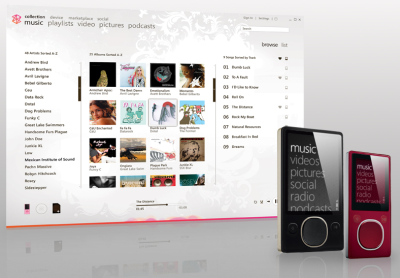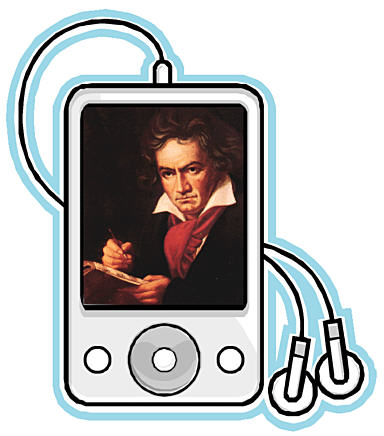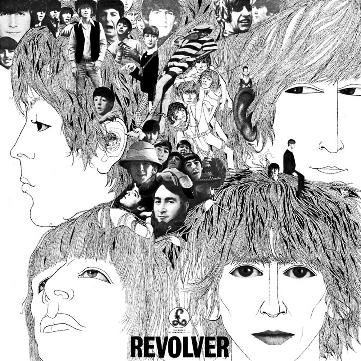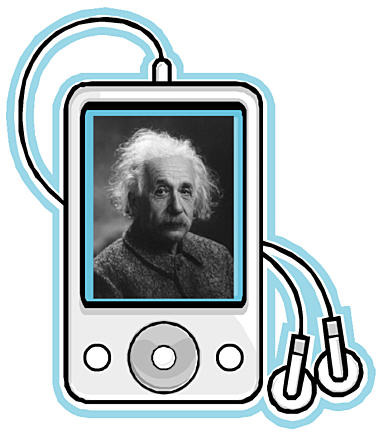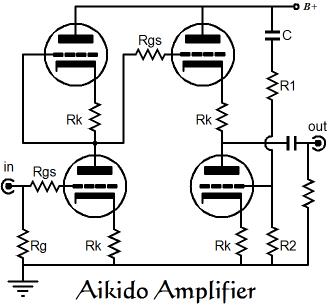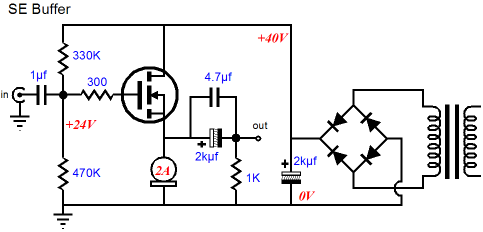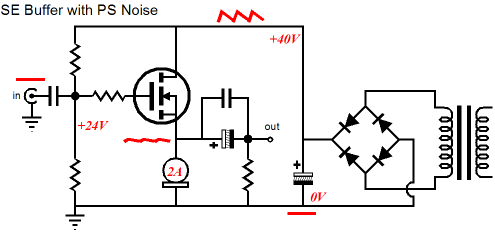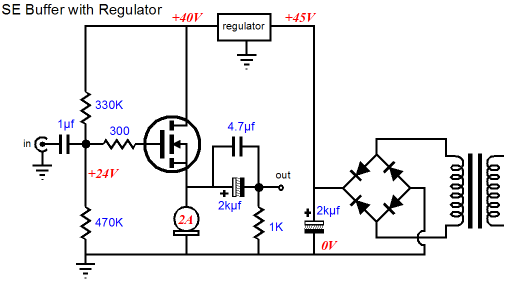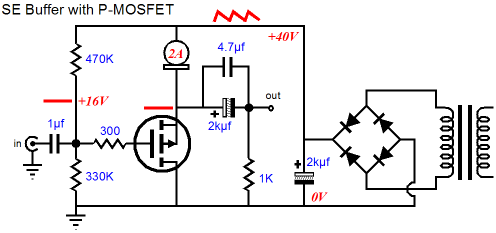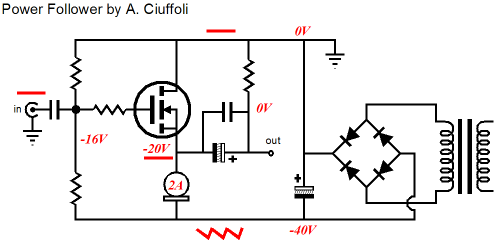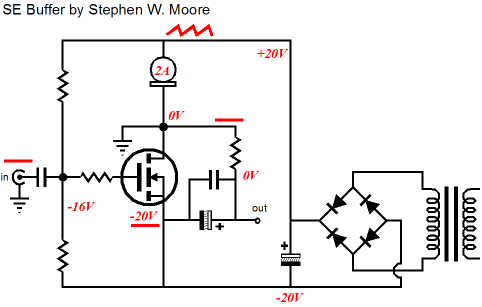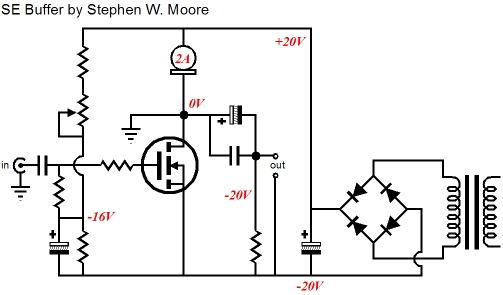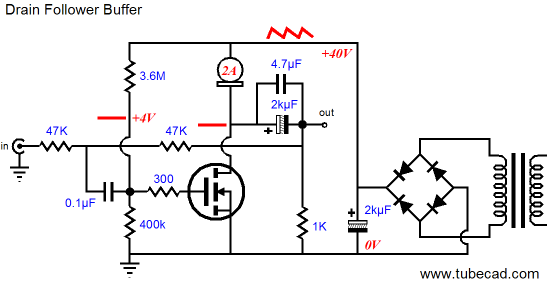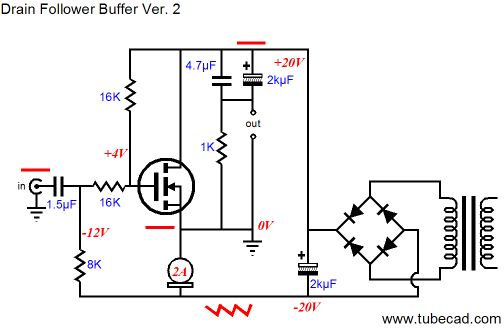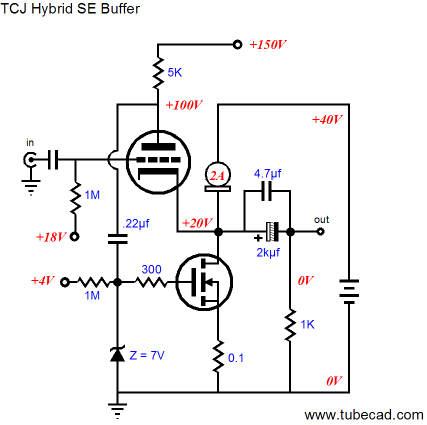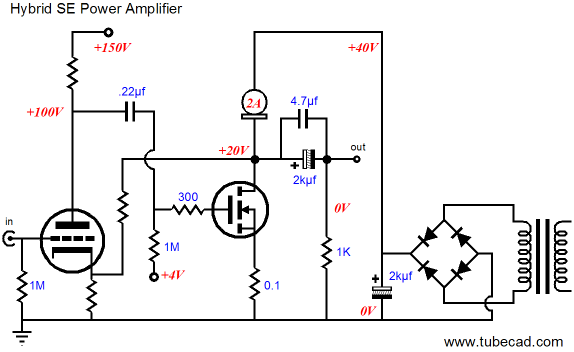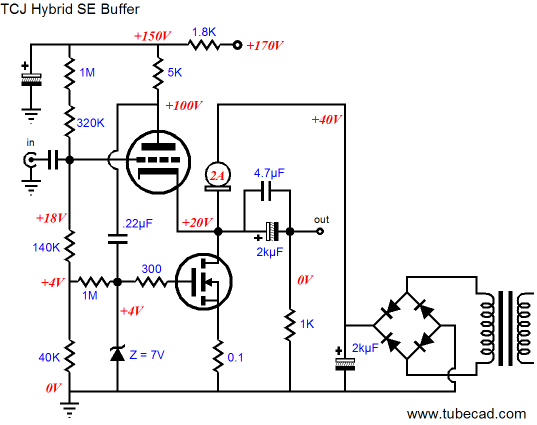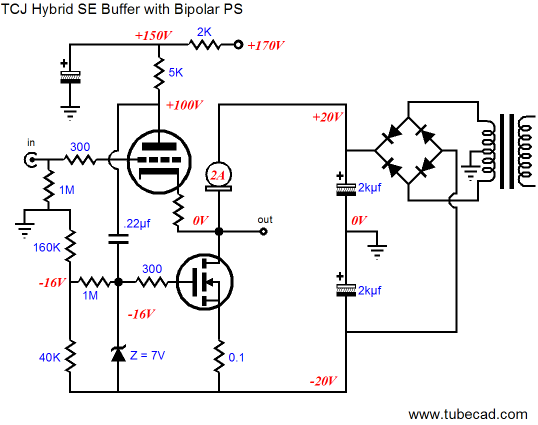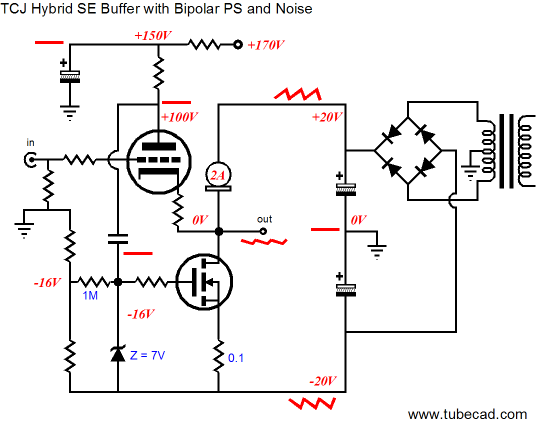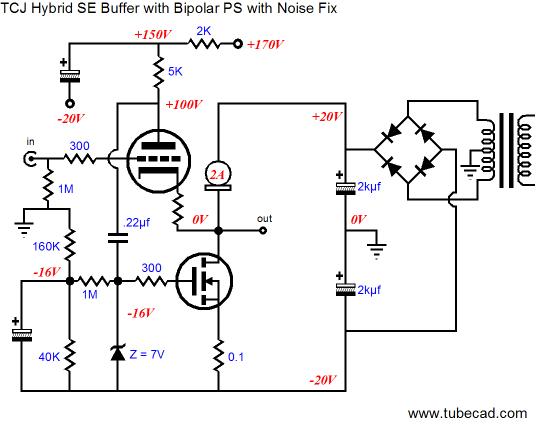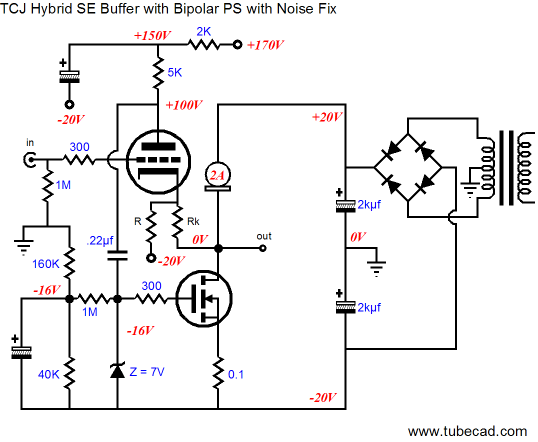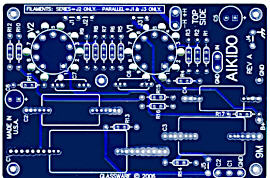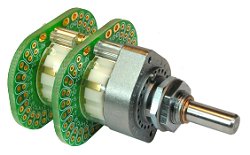| John Broskie's Guide to Tube Circuit Analysis & Design |
|
13 November 2007
Old Zune, New Zune
Last March, PC World magazine ran a review of MP3 players, wherein the Zune got the highest marks for sound quality, but it was nonetheless rated substantially below the iPod, in spite of having the same price and storage capacity, but a bigger, better screen, WiFi connectivity, and an FM radio as well. As all audiophiles know, most consumer magazines are clueless when it comes to high-quality audio. But I did expect the fellow who wrote the review to care more about the sound of the player, as that's the whole point...or is the main point being perceived as being cool? I am confused, which was it? But at least the reviewer wasn't also blind. Many of the early Zune reviews that I read also didn't think better sound was all that important or that having an FM radio built in the player was a plus (after all the iPod doesn't have one, but when Apple does get around to adding one, no doubt it will be heralded as a huge new achievement) and WiFi was only a cheap gimmick (after all the iPod doesn't have it...), but surely everyone could see that the Zune's larger, clearer screen was much better than the iPod's. No, alas, they couldn't. Yet, every iPod owner I have shown my Zune to has immediately proclaimed, "Ooh! Great screen." The moral: better is only better when it is also more popular. So with the Zune possibly headed to the same fate as the Betamax, have I finally heard the bell and bought an iPod? No, I still do not own an iPod, nor have I been even tempted in the slightest to buy one since getting my Zune. In fact, I just bought a second Zune. (Since the new-rev 80G Zune is about to be released, Costco.com blew out the old 30G brown Zune players for only $99.00. Cool.) Now two 30G players are not nearly enough for me, as I own so many CDs, mostly classical CDs. But it is a good start. My plan is to use my first Zune for Jazz, international, rock, vocals…everything but classical; my second Zune, classical, only classical.
...and dreaming of Zune Classical
Notice that Composer, Conductor, Featured Artists, Ensemble, Venue, Period, Subgenre, Key, Opus…did not make the list. With less than 5% of music sales belonging to classical music, these omissions might seem a wise business decision…if you are making a market-leading iPods that is. On the other hand, if you are making the distant second-best selling MP3 player, then making a classical-music-friendly player might double your sales.
For example, Microsoft could easily buy the Naxos classical label (and a few other small classical labels) and fill 80G with wonderful classical music. But no less as important, Microsoft could provide an intelligently laid out music navigation system, with which a classical-music lover could quickly exploit an optimized sorting and seeking arrangement for classical music. It wouldn't be too hard to create. I see four related databases being needed:
Albums. I understand that today many college kids don’t get the notion of albums, as all they know is tracks, which download individually. But for us old timers, the album was the Dewey Decimal System of music appreciation. The album not only held tracks of music, it unified them and imbued them with an overarching theme or motif or focus or stance. For me, Eleanor Rigby or I'm Only Sleeping are not just good Beatle songs, but they are part of the Revolver album, which marked a departure from their teeny-popper-pleasing albums and defined the Beatles as a band that college kids and adults could enjoy without embarrassment; moreover, it moved the Beatles closer to an electric-guitar-rock sound, away from folk-rock sound they had produced before.
In fact, when I was young, it seemed as if all rock albums were concept albums. Of course, even thirty years ago, few actually were; and today, fewer still are anything more than a random collection of failed attempts at a hit single. Nonetheless, albums have been important and will continue to be important, although I must admit that the demise of album art has dramatically weakened the notion of an album. I do not know what the current exchange rate is at, but a picture is still worth many, many words—and many emotional responses. With classical music, the album plays a lesser role than in popular music, as the composer and composition dominate. Nonetheless, albums are a useful categorizing concept that will persist for the next few decades. The album database would hold the following fields
"Classical music" is difficult to define. “European” and “seriousness” are often found in the definition. But surely the paramount importance of the composition must be considered. Not matter how great the conductor or orchestra or symphony hall, none is more important than the composer and his work. In contrast, a great Jazz musician can take a throwaway jingle from a TV commercial and create a beautiful, serious, intelligent, probing masterpiece of a performance that he may never perform in exactly the same way; here the performer is king and the original composition is but fuel for his musical fire. In the world of classical music, the concept of an individual track is all but nonexistent, as it is the composition that unifies the many movements and individual pieces. The exception being, of course, best-of albums; but even with these sampler type albums, we want to know what work the snippets were pulled from. The work database must hold all the information that is needed to define a composition. Thus, the musical work database must hold at least the following
For the classical-music lover, the least import aspect of playing back classical music is the tracks themselves. Sure they actually hold the sounds, but they are not that useful for selecting what to play. We want to play Beethoven’s 3rd symphony with John Eliot Gardiner conducting. In other words, the track database, while vitally important, will work in the background, not the foreground. When the play is first booted, it must assemble several lists, such as the list of composers, the list of compositions, the list of albums on the hard drive—all of these lists can be derived from the track database. The track database would hold these items Track Sequence Composers, conductors, featured artists, ensembles, recording engineers—all deserve their own special entries. Keeping all the important information in one place is what the people/ensemble database is for and it would hold the following Name With these four data bases just about every imaginable sort and search could be implemented. We could filter for only recordings with Dawn Upshaw or with only John Eargle behind the mixer or only on the Argo label … Well, I can dream; can’t I? If Microsoft gave me their source code for the Zune OS, I could do a lot more than just dream. An open-source MP3 player...now there is a wild idea. Or how about an opera-friendly system of showing the libretto along with the singing or video? Until Bill and friends give me a call, I'll force my Zune to work with classical music. One idea might be to use the Genre category for holding composer names instead and the Artist category for conductors and the Album Tile category for compositions. This would mean adding a multi-composition album a multiple of times, each partial album entry with one composer's name and work.
Meet Albert EinZune This MP3 player would hold thousands of hours of spoken-word files and text files. First of all, 80G is a lot of storage and spoken-word MP3 files are small, as they do not require high fidelity or stereo recordings. Second, Microsoft could, once again, buy the Naxos label, as Naxos owns thousands of hours of spoken word recordings. (Maybe I should buy some Naxos stock, just in case Bill or Steve read this blog.) And there are several other big spoken-word recording libraries languishing in dusty warehouses, as spoken-word recordings are insignificant sellers compared to Britney’s chart-topping quasi-musical efforts. Third, many great spoken-word recordings are in the public domain, as many recordings have been made for the blind at public expense. Finally, the Teaching Company has produced a true educational gem in their lecture recordings. Instead of Microsoft buying yet another stupid Web entity for 15 billion dollars—which makes next to zero business sense, as even Google is not really worth one tenth of that amount of money…but then that is another blog entry—Microsoft could corner the spoken-word market for only millions, not billions. Now imagine a Zune that came preloaded with the following categories:
Remember how boring, clueless, artless, and foolish the great bulk of your teachers were? Or how difficult it was to read, on one's own, a great work such as one of Shakespeare's plays or a Russian novel? The problem is that neither the student or the teacher are the equal of a Shakespeare or a Dostoevsky. Sad to say, but great teachers are almost as rare as great Shakespearean actors. "Those who can, do…" So why limit students to all-too-limited teachers and stupefying and poorly written textbooks? Instead, give them a delightful recording of Shakespeare’s Sonnets read by some great, old, recovering-alcoholic, Brit actor—someone who knows all too well what Shakespeare meant when he wrote:
And give students the Sonnet’s text as well, which they can read along with the spoken-word recording. Speaking of just text, Microsoft has a wonderful technology named ClearType, which makes reading text on an LCD screen much easier and which I am sure has been applied to the Zune, as even small fonts look great and are easily readable. (With your Windows computer, if you do not have ClearType turned on, do it now. The difference is astonishing.) Additionally, compared to audio, text takes next to nothing in storage capacity. Ten gig will buy you a lot of words in text format. By the way, do not think that only great literature would benefit from being read aloud. Plato, Galileo, David Ricardo, Darwin, William James, Freud, and Einstein were all great writers. If nothing else, I would love to see Microsoft add the ability to read text ASCII text (*.TXT) files to the Zune, as it would wonderful to listen to Beethoven while reading an essay (that was was downloaded from the web that day) at the same time.
Tubes at Last
When it comes to power output devices, the power MOSFET is an obvious first choice, as it offers a very high input impedance and it is rumored to sound closer to tubes than transistors do. Certainly, the Moskido and Zenkido are creating a commotion and if these hybrid efforts sound just half as good as the e-mail indicate that they do, then this plan has a lot of merit. So, let’s began with single ended circuits.
The above circuit is about as simple as it gets. A MOSFET-based source follower drives the loudspeakers via a large coupling capacitor, while a mono-polar power supply is used. The constant-current source can take many forms; for example, a three-pin voltage regulator can be used or another power MOSFET can be used or, at the other extreme, Nelson Pass’s extra-active constant-current source can be used to load the output MOSFET. Okay, are we done now? No, this simple buffer suffers from one obvious problem (and several not obvious problems).
The above schematic shows the noise relationships within the buffer. Assuming an ultra-low output impedance of the signal source, the big noise contributor is the 40V power supply. Because of the high 2A current draw, the simple expedient of an RC filter isn’t suitable. (Although a choke-based pi filter would not be a bad idea.) Like all other low-voltage, high-current power supplies, we can expect a good deal of ripple on the B+ connection. Some of this ripple will leak to the output, as the MOSFET does hold some sight drain resistance. (I ran a SPICE simulation and the result I got was about -60dB for a PSRR figure, with an IRFP250 power MOSFET, which is not that bad.) Nonetheless, different MOSFETs will yield different PSRR figures, with many no doubt much worse. So, what can we do to eliminate the noise at the output?
A voltage regulator is not that hard to implement, when the voltages are low. Still, we have to account for the extra voltage needed to run the regulator and provide headroom against wall-voltage sag. In other words, the 5V headroom shown above is probably not nearly enough, with something closer to 10V being the right amount. And we will have to deal with the extra heat that the regulator will dissipate. Thus, regulation should be our last option.
The circuit shown above rearranges the constant-current source and MOSFET to eliminate the power supply at the output. The constant-current source now serves double duty by both loading and shielding the P-channel power MOSFET output device. The MOSFET provides no gain, working as a source follower. Not bad, except that P-channel power MOSFETs are not as good as N-channel MOSFETs in terms of linearity and transconductance. Now lets shift the ground instead and we end up with the Andrea Ciuffoli power buffer circuit, as shown below.
There’s a lot more to Andrea’s buffer, such as a capacitance-multiplier type voltage regulator. But the key feature is the rearrangement of the ground. Now, longtime TCJers will know that I like to both explore and exploit electronic relativity, so they can imagine how much I like seeing Andrea’s buffer prove the point of ground relativity so well. But Andrea is not the only one spinning the wheel of relativity. Below is a simplification of Stephen Moore’s Zenkido output stage.
The ground is found at the MOSFET’s drain, but the constant-current source has been rotated around to the top of the schematic. I know it looks confusing, but that will fade soon enough, once you get the hang of electronic relativity. A slightly closer approximation to the Moore Zenkido output stage is shown below. (My aim is to ease everyone into understanding how these circuits work and too large a step will leave many behind.)
Yes, the output holds two negatively-charged connections, but zero DC offset as far as the loudspeakers are concerned, as both speaker terminals see the same negative voltage. No DC differential, no problem. Why did Stephen arrange his output stage with the negative-voltage bias? He used Pass’s special constant-current source and it requires a sampling of the current flowing into the loudspeaker. Thus, he had to place the coupling capacitor after the current-sense resistor (although he could have placed the capacitor after the loudspeaker). Now, let’s move on to an altogether different topology, the unity-gain drain follower.
The above circuit also shields the loudspeaker from the power supply noise by placing the constant-current source in between the load and the B+ connection. the MOSFET does not function as a grounded-source amplifier with a feedback loop that bridges the MOSFET's drain to its gate. (Another way to view the circuit is to see the current-to-voltage converter defined by the MOSFET and the 47k feedback resistor and the series input 47k resistor defining a voltage-to-current converter.) But for most readers, this circuit will serve as a steppingstone to the following circuit.
The above circuit retains the drain-follower topology, but adds the twist of swinging the constant-current source to the bottom of the source. (Without the preceding steppingstone circuit, wouldn’t this circuit be more difficult to understand?) The weak point might be the 8k biasing resistor, as it can serve as a conduit for power-supply noise; it might be better to replace it with a 1mA constant-current source. A bigger limiting factor might be that the two 16k feedback resistors will be shunted at too low a frequency by the MOSFET’s input capacitance. A further liability is that not all of the MOSFET’s transconductance can be summoned, as these same two feedback resistors define a 50% voltage divider, so any perturbation at the output will only half engage the MOSFET’s transconductance in countering itself. Remember that it is the MOSFET’s transconductance that powers all of these buffers and the Zen power amplifier as well. The problem is that while a MOSFET does offer a huge transconductance compared to a vacuum tube, it is relatively weak compared to a transistor. One workaround is to place more MOSFETs in parallel, but each added MOSFET adds to the already huge input capacitance. Still, any one of the above circuits might prove good enough as they are. (I have covered the topic of simple hybrid SE output stages many times before, but a good blog entry to read is number 15, which includes inductively-loaded circuits.) A better approach, however, might be to let a triode drive and correct a power MOSFET.
Looking something like a White cathode follower, the above buffer uses the triode for its brains and the MOSFET for its brawn. I do not want to lose any readers after having come so far, so I offer the following circuit as a conceptual steppingstone to the TCJ hybrid SE buffer shown above.
Not as confusing, is it? The triode input stage is configured as a grounded-cathode amplifier whose output cascades into the simple MOSFET grounded-source amplifier (a.k.a. common-source amplifier). A feedback loop extends from the amplifier’s output to the input tube’s cathode. The triode and MOSFET work in anti-current phase, so as the triode conducts more, the MOSFET conducts less. This is my preference, as both devices are easier to turn on than to turn off, so the distortion from one device is countered by the next device; whereas if the devices worked in the same current phase, the distortion would compound. Now, to get back to our buffer circuit we need only increase the feedback ratio to 100%. And while we are at it, let’s add some of the missing supporting parts.
I know that many are troubled by the coupling capacitor at the output. once again, let say that not only am I not troubled by the coupling capacitor, I like its inclusion. The capacitor protects both the output stage and your expensive loudspeakers. Yes, all capacitors are icky, but at least this capacitor cannot be ignored, unlike the power supply capacitors, which are just as much in the signal path, but escape conceptual notice. (See DC coupling in blog 14.) I know that I am in the distinct minority here, as most audiophiles fear a capacitor coupled amplifier. So, will not be surprised by the urge to resort to a bipolar power supply and DC coupling at the output, as shown below.
Yes, the output is now DC coupled and we picked up some plate voltage, but we also added a new noise source.
Between the two power-supply capacitor sits a ground and this ground connection will not allow all the ripple to appear at the top rail, instead the ripple will be close to evenly divided between power-supply rails. The output MOSFET’s gate, however, does not see the negative rail noise, instead it sees a ground-like noise-free null. The result is that the negative power-supply rail noise will be treated as an input signal by the output MOSFET. True, the 100% negative feedback will help, but it will not entirely eliminate the noise. One small workaround is to terminate the tube’s decoupling capacitor to the negative power-supply rail, not ground.
While this trick certainly helps, it is undermined by the triode’s rp, which shunts away some of the negative power supply rail noise from the triode’s plate, which in turn will limit the amount of noise nulling we can expect. Interestingly enough, a pentode or a two-triode cascode would effectively lower the noise, precisely because of their poor PSRR. One last trick is to add a resistor (R) that will inject some of the negative rail’s noise into the triode’s cathode, thereby superimposing the noise signal on the plate, in phase.
By the way, do not be swayed by the DC coupling at the input, as the Aikido output holds a coupling capacitor, so the DC coupling will evaporate, once the entire amplifier is completed. . I do not want to end with the above circuit, as it will give the impression that it is the circuit I most like. The one thing that I have certainly learned after listening to NPR for decades is that he who speaks last wins. So, instead, we will end with the following circuit, which I do like a great deal.
//JRB
|
High-quality, double-sided, extra thick, 2-oz traces, plated-through holes, dual sets of resistor pads and pads for two coupling capacitors. Stereo and mono, octal and 9-pin printed circuit boards available. Aikido PCBs for as little as $24 http://glass-ware.stores.yahoo.net/
Only $19.95 Download or CD ROM www.glass-ware.com Goldpoint™
For over a decade, Goldpoint™ has provided equipment designers and audio enthusiasts the best 24-position level controls made. We offer completely assembled and "blank" stepped attenuators.
|
|||
| www.tubecad.com Copyright © 1999-2007 GlassWare All Rights Reserved |
